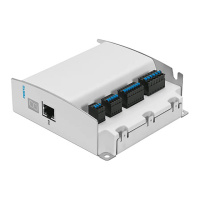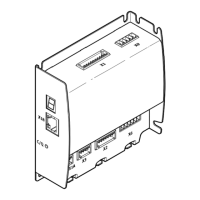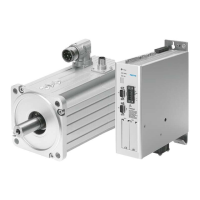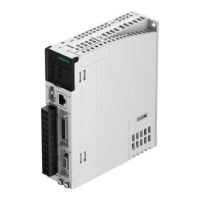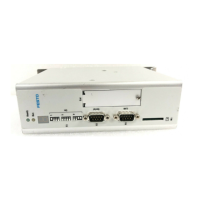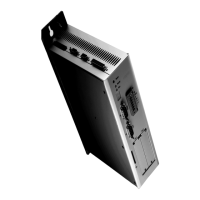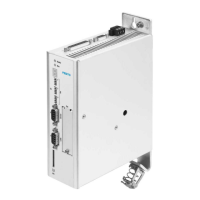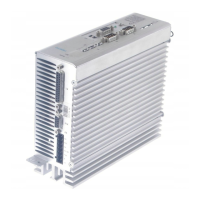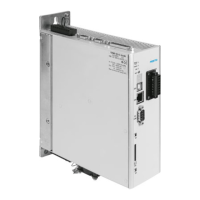Festo — CMMO-ST-C5-1-LKP — 2022-05b
Safety and requirements for product use
2 Safety and requirements for product use
2.1 Safety
When commissioning electric drives:
–
Always observe the safety instructions and warnings in the documentation of the motor controller
(
è
1.1 Applicable documents) and the documentation of the components used.
– Before mounting and installation work: switch off the supply voltage. Lock to prevent accidental
reactivation. Only switch on the supply voltages again when mounting and installation work is
complete.
– Never remove or insert a plug when the motor controller is powered.
– Observe the handling specifications for electrostatically sensitive devices.
–
Do not enable the closed-loop controller until the drive has been professionally installed and fully
parameterised.
– Do not perform any repairs on the motor controller. In the event of a defect: replace the complete
motor controller.
2.1.1 Safety instructions for using the STO (Safe torque off) safety function
NOTICE
To achieve the safety characteristic values in accordance with EN ISO 13849-1:
• Carry out a risk assessment of the application.
• Select the components and their wiring corresponding to the required category according to EN ISO
13849-1.
CAUTION
Loss of the safety function may result in serious, irreversible injury, e.g. by unexpected movements of
the actuator technology.
• Do not bypass the connections for safety equipment.
• Observe the input voltage ranges of the motor controller
è
5 Technical data.
• Only use the STO function when all of the necessary protective measure have been set up and are
functional.
•
Validate the STO function to complete commissioning
CAUTION
Serious injuries as a result of uncontrolled movement of the driveless actuator technology when
switching off the power output stage. The STO function is not sufficient as the only safety function for
drives subject to a continuous torque (e.g. by suspended loads).
• Shut down the passive actuator technology mechanically if required, e.g. with a brake. This espe-
cially applies to vertical axes without automatic locking mechanisms, clamping units or counterbal-
ancing.
•
Prevent movement of the motor by suspended loads or other external forces, e.g. with a mechanical
holding brake.
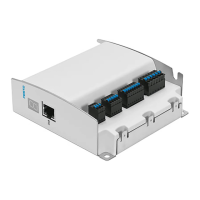
